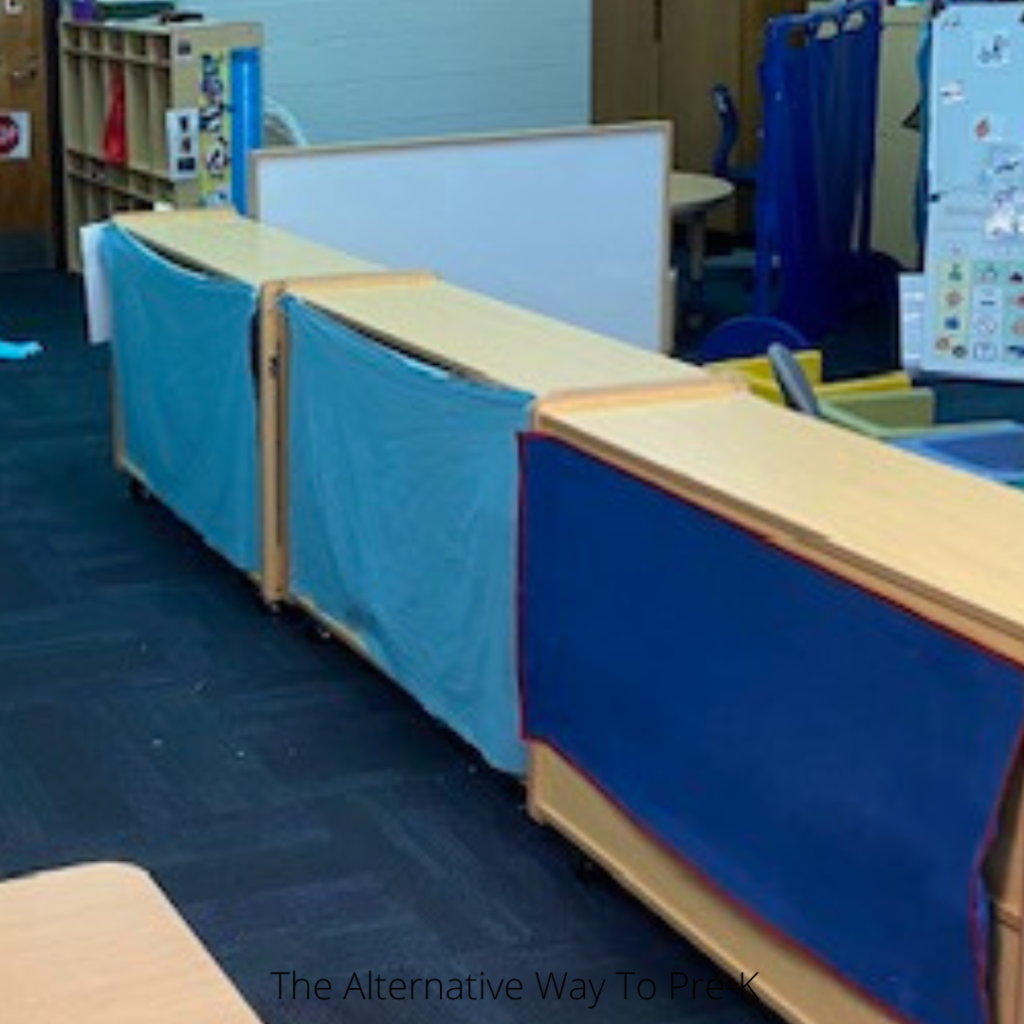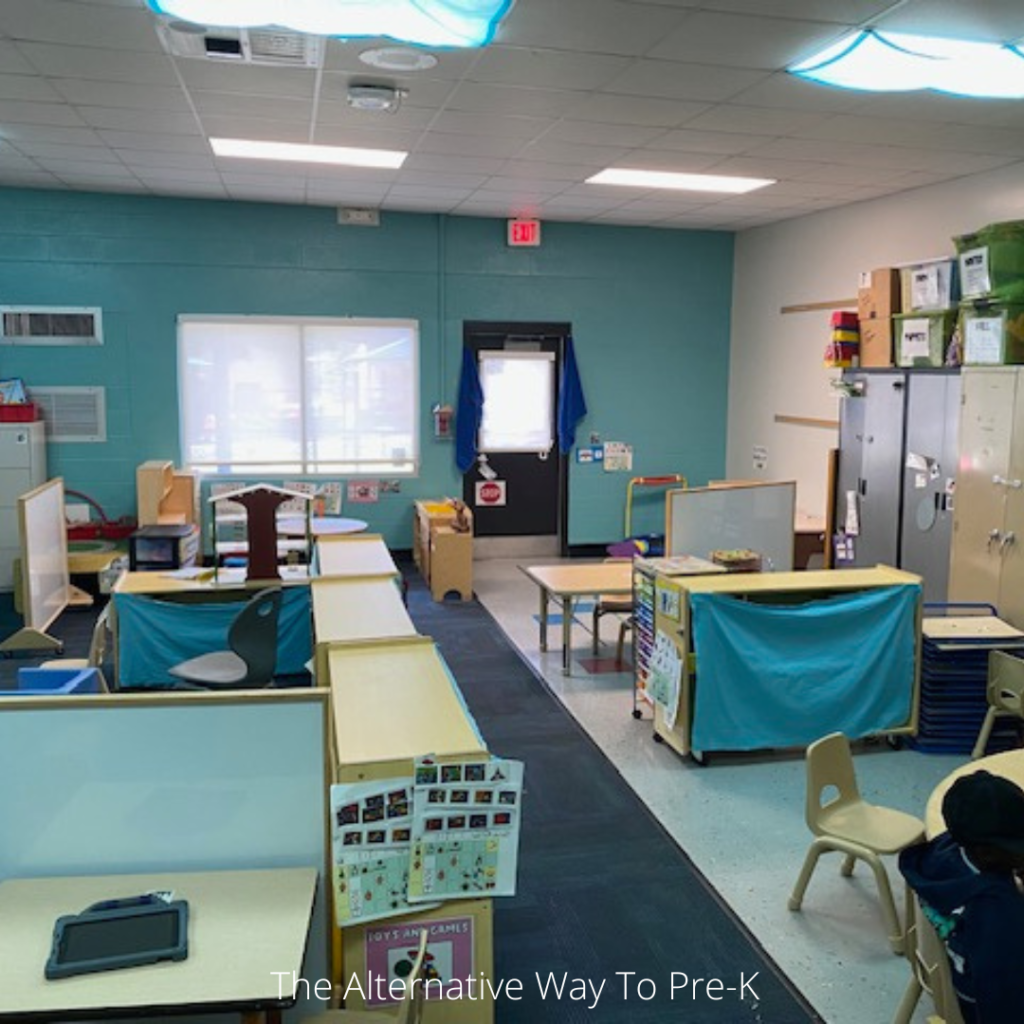Within our classrooms, we want to utilize our space yet make it functional. We want to make the most of our space by creating defined spaces.
Defined spaces sound just like what they are—designated areas for designated tasks and activities. Having defined spaces keeps materials organized and helps reinforce expectations and content to students.
A defined space is a designated location in your classroom that is easily identifiable. If an outsider walks in, they can quickly tell that it is cars, that it is a whole group, etc. The larger pieces of furniture create the border for these defined spaces, and the visuals and contents are what make them.

Take inventory of your most utilized and largest pieces of furniture. Ask yourself how often they are used, at what time, and what contents they contain. This will help you determine the general area for these larger pieces. We want to make the most of these larger pieces by making them functional yet accessible.
For example, student cubbies. You use them most during arrival and dismissal. They hold student belongings. They do not need to be used throughout the day. They can be near the room entrance, accessible yet out of the way.

Use large pieces of furniture to create defined areas and barriers. You want to make things flow yet ensure safety. We can do this by lining larger pieces of furniture in a row or L shape with a clear entrance and exit. We make a defined space’s perimeter when we align these larger pieces.
Special considerations when arranging furniture.
- Where will your students be lining up
- Can students access materials with ease?
- Does this accommodate everyone’s adapted equipment?
- There should be a clearly defined path to navigate your classroom that is clutter-free.
- Furniture does not restrain children. Furniture should never fully enclose students.
- Exits are not blocked, and everything aligns with the fire code.
If you want to learn more about classroom setup, check out The Foundations of Early Childhood Special Education Master Class.
